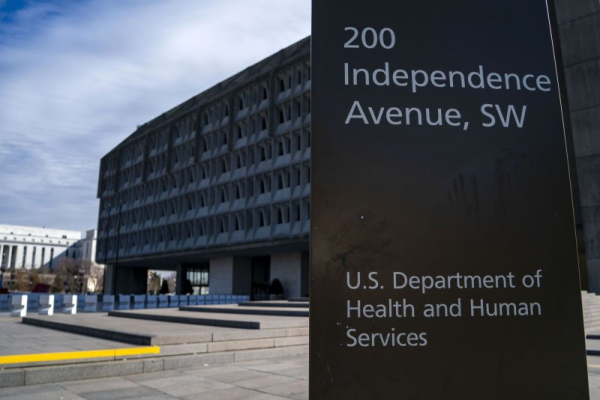

1 of 2 | On Monday, U.S. health officials said an initial case of new world screwworm was detected after a person recently traveled to and returned from El Salvador in central America bordering Mexico, according to DHS. Screwworm’s national designation arrived after Maryland’s Department of Health and the U.S. Centers for Disease Control and Prevention first confirmed its existence on August 4. Photo by Bonnie Cash/UPI | License Photo
The United States confirmed on Monday its first human diagnosis of the flesh-eating bacteria screwworm after its known eradication nearly 50 years ago and animal testing currently underway for future treatment.
U.S. health officials said its initial case of new world screwworm was detected after a person recently traveled to and returned from El Salvador in Central America bordering Mexico, according to the U.S. Department of Health and Human Services.
Screwworm’s national designation arrived after Maryland’s Department of Health and the U.S. Centers for Disease Control and Prevention first confirmed its existence on Aug. 4.
The New World Screwworm strikingly resembles a fly, and burrows when in larval stage into the flies of a living animal, such as livestock. The parasite infests warm-blooded animals and in rare cases humans, causing tissue damage and occasionally death.
The last U.S.-based case of screwworm was reported in August 1982 in the early years of the Ronald Reagan administration.
It’s endemic to Cuba, Haiti, Dominican Republic and countries in South America.
The last reported screwworm infestation in the southeastern United States was reported in Florida in 1959, according to the U.N.’s Food and Agriculture Organization.
Despite being eradicated in North and Central America decades ago, the screwworm has progressed north since 2022, nearing the U.S. southern border.
A 2024 USDA report estimated that a screwworm outbreak could cost Texas nearly $2 billion in related costs due to livestock death, labor and medication costs.
It wasn’t until last week that CDC officials began to notify veterinarians and state animal health leaders of the health scare, The Washington Post reported.
A few weeks ago, U.S. Secretary of Agriculture Brooke Rollins was in Texas to roll out the federal government’s five-prong sterilization strategy to push back on screwworm as U.S. officials began prepping for its return throughout the year.
“We have assessed the information on the ground in Mexico and have determined we must construct an additional sterile fly production facility in the United States to stop the northward advancement of this terrible pest that is threatening American cattle production,” Rollins stated this month.
The FAO said livestock owners in Texas prior to 1962 estimated about one million cases were treated in a normal year. That arrived a year after the federal government launched a nationwide educational campaign on the topic.
Texas and New Mexico were officially declared free of endemic screwworm infestation by 1964. California was added to the nation’s eradication program a year later to form a complete strategic barrier in the federal effort.
Its later removal in Central America saw serious outbreaks in the 1980s and 1990s with its return to the region in the last few years.
In February, Nicaragua’s health ministry confirmed 30 cases in people as it continued its resurgence in the Americas.
It wasn’t until June that U.S. resumed imports of livestock via Mexico in a planned phase process.
Last month, the U.S. Food and Drug Administration signed off on its authorized emergency use of animal drugs testing as scientists seek to treat and prevent future New World Screwworm infestations.
“Protecting America’s livestock from this dangerous pest is critical to safeguarding our food supply,” commented U.S Rep. Glenn Thompson, R-Penn.
Thompson, chair of the House Agriculture Committee, added this month that included supporting American farmers and ranchers while “strengthening our nation’s food security.”